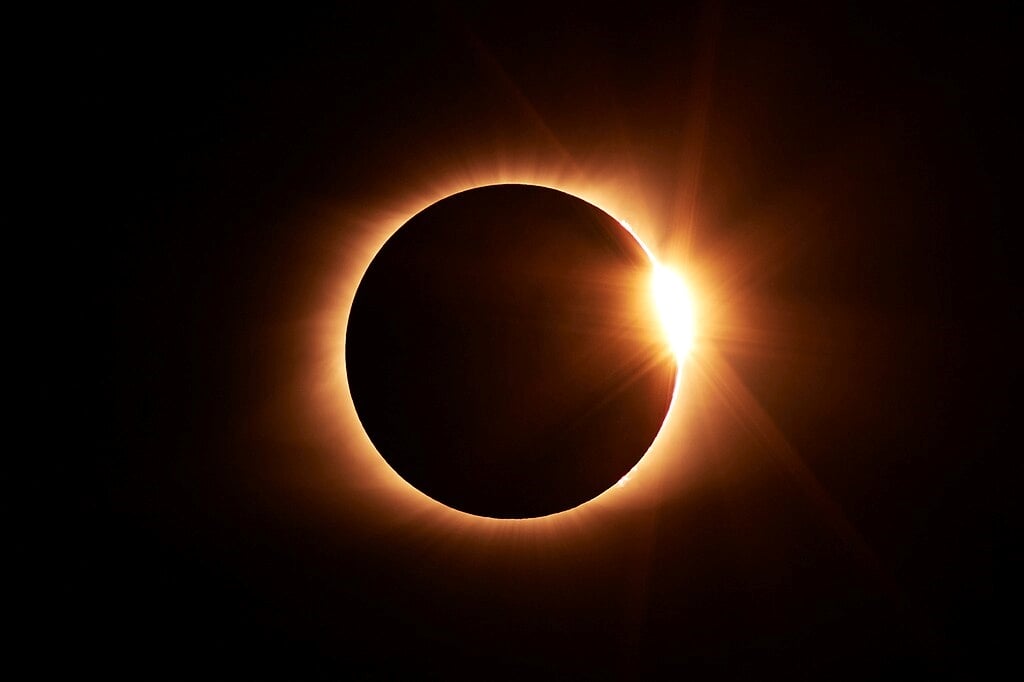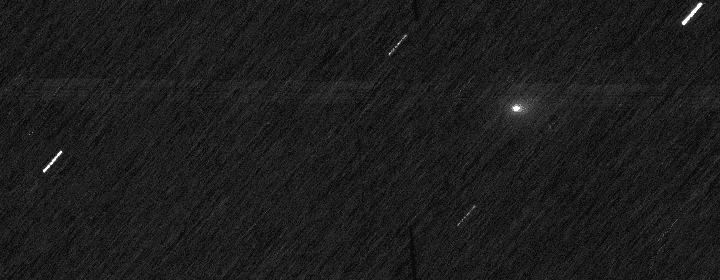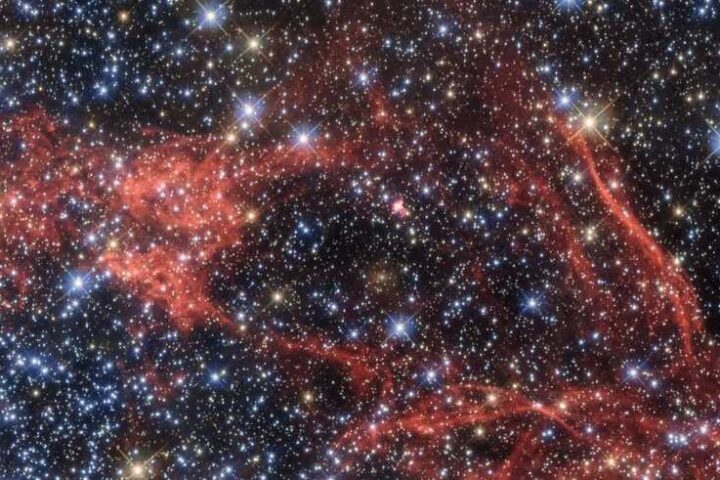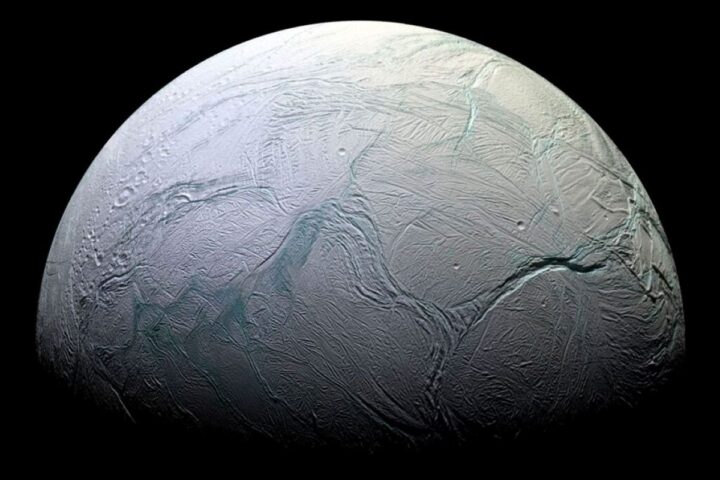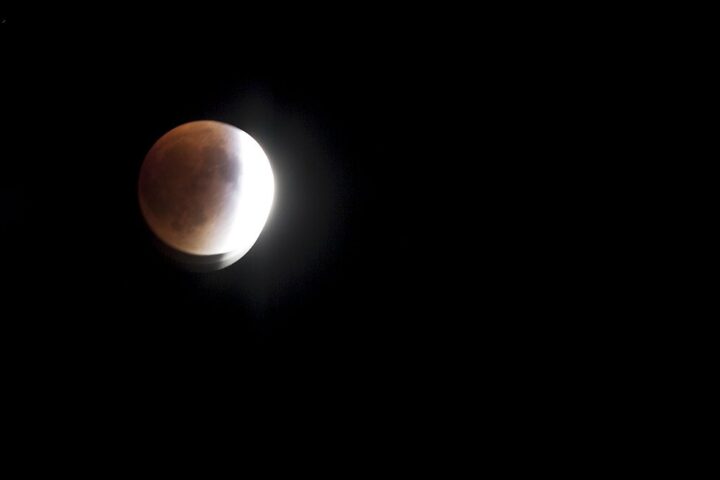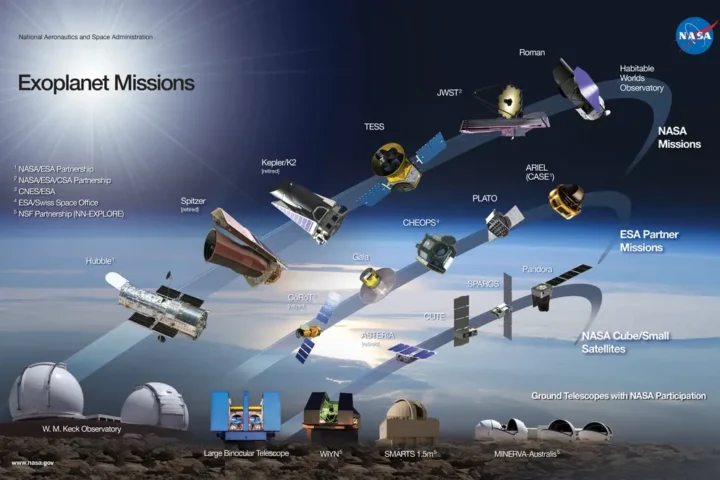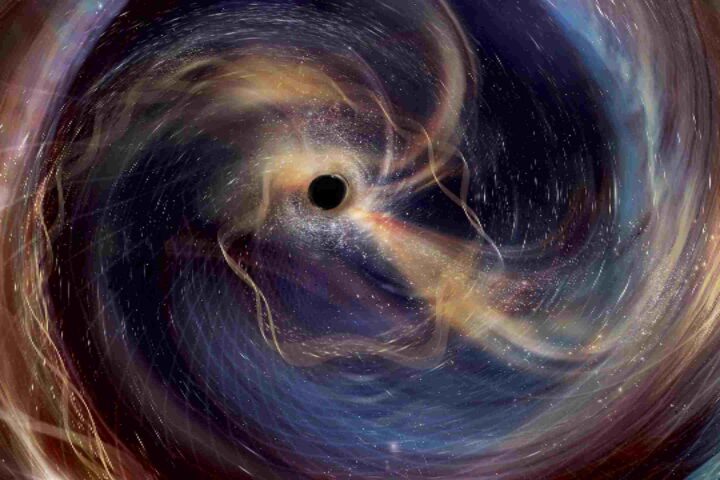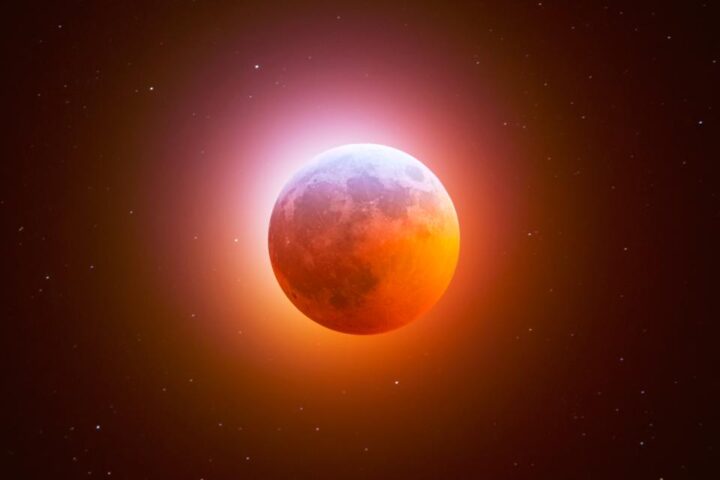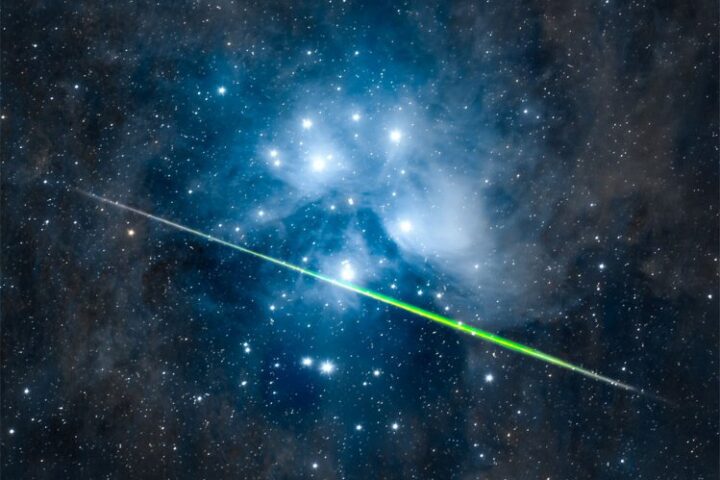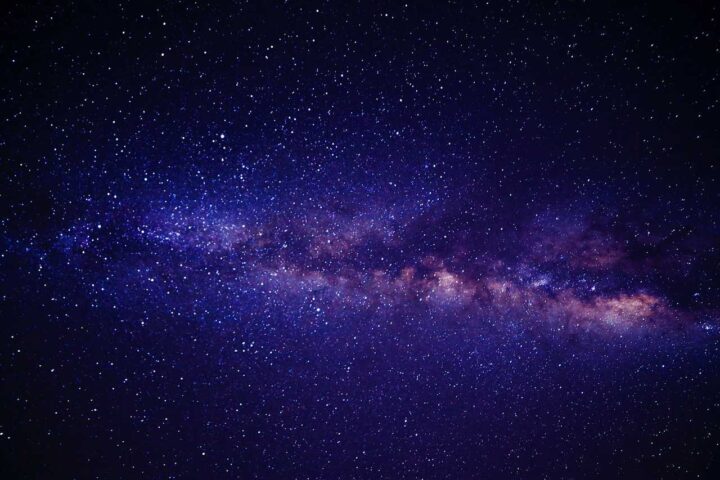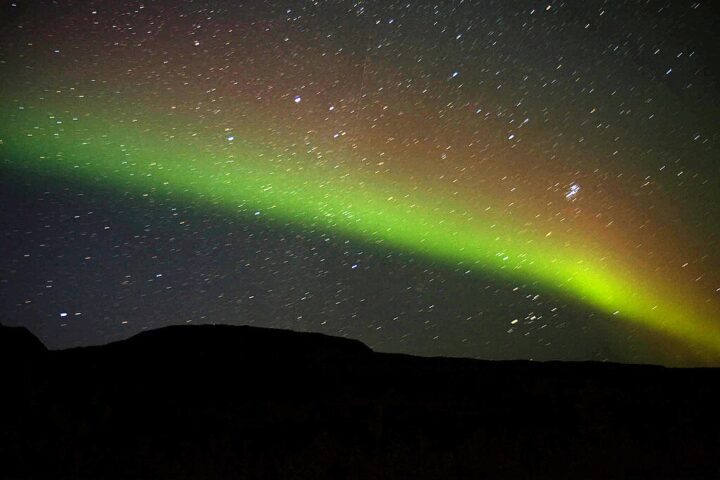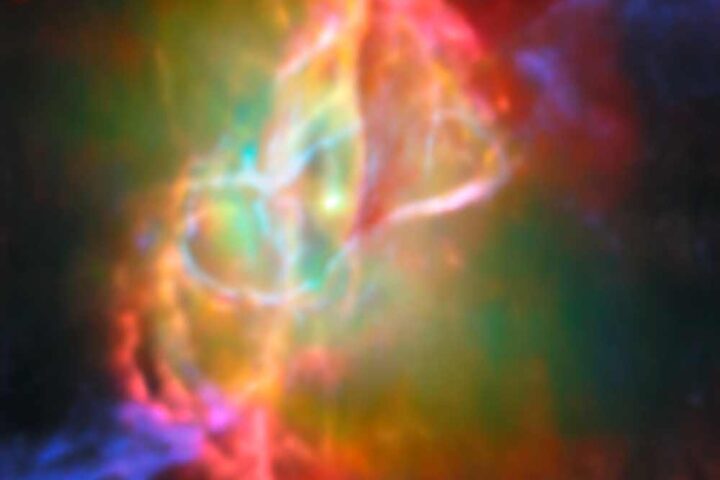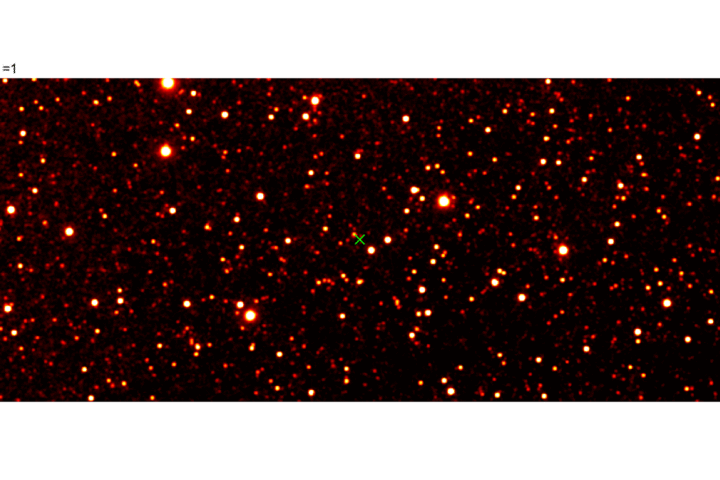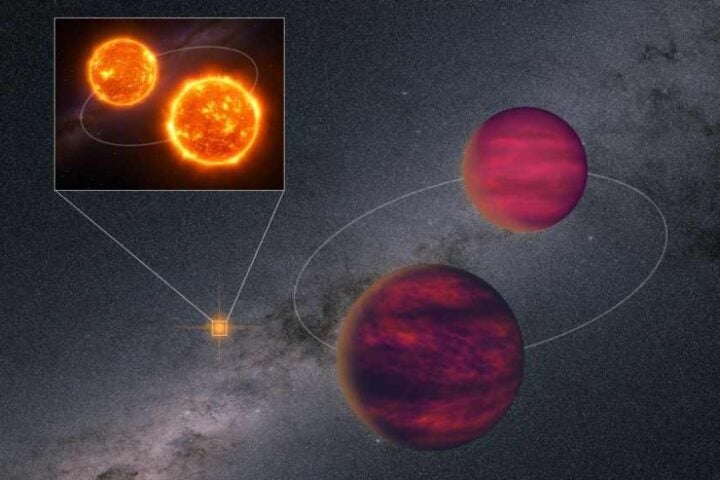The August 2, 2027 total solar eclipse will create an extraordinary celestial event as the Moon covers the Sun for over six minutes in some locations. The path cuts through historic regions from Spain to Egypt and Saudi Arabia, offering both casual skygazers and dedicated eclipse chasers a rare astronomical experience.
Path of Darkness: Where and When
On August 2, 2027, the Moon’s shadow begins its journey over the Atlantic Ocean before making landfall in southern Spain. At approximately 10:46 CEST, Cadiz will experience 2 minutes and 55 seconds of totality. The shadow then crosses the Mediterranean, races across North Africa, and reaches maximum duration near Luxor, Egypt at about 13:05 EET, where darkness will last an impressive 6 minutes and 23 seconds. The eclipse continues into Saudi Arabia, where Jeddah will see 5 minutes and 58 seconds of totality at around 13:21 AST.
The central track from southern Spain across North Africa will reach maximum totality of approximately 6 minutes 23 seconds in the northeastern part of Egypt’s New Valley Governorate, about 37 miles southeast of Luxor.
Those unable to reach the path of totality needn’t despair – a partial eclipse will be visible across virtually all of Europe, most of Africa, and even parts of western India near sunset.
An Eclipse for the Record Books
This eclipse will be so long because Earth will be at aphelion (farthest from the Sun) while the Moon will be at perigee (closest to Earth). This cosmic alignment means the Sun appears slightly smaller while the Moon looks slightly larger, extending the time the Sun remains covered.
What makes this event even more special? It will be the longest land-based totality until 2114, giving eclipse watchers a once-in-a-lifetime opportunity.
Perfect Viewing Conditions
Weather prospects for this eclipse are exceptionally favorable. August mean cloud cover over Luxor falls below 10%, giving approximately 88% clear-sky probability. The North African desert climate presents ideal viewing conditions with minimal rainfall along the eclipse path during this time of year.
These conditions create a perfect environment for both casual viewers and scientific observations.
Protecting Your Eyes: Safety First
Solar eclipses require proper eye protection. ISO 12312-2 compliant filters block more than 99.999% of visible and infrared solar flux and can be reused indefinitely if they remain unscratched.
When shopping for eclipse glasses:
- Look for the ISO 12312-2 certification
- Purchase from reputable suppliers listed by the American Astronomical Society
- Inspect for damage before each use
- Never use homemade filters or ordinary sunglasses
For children’s groups, indirect methods like pinhole or mirror projection remain the best viewing options. These techniques allow safe viewing without the need for specialized eyewear.
Science in the Shadow
The 2027 eclipse coincides with several major scientific missions that will enhance our understanding of the Sun:
MUSE (Multi-slit Solar Explorer), scheduled to launch in 2027, will use its extreme-UV imaging capabilities to study coronal heating. This timing creates a perfect calibration opportunity for the new instrument.
The PUNCH small-satellite constellation (Polarimeter to Unify the Corona and Heliosphere) launched in March 2025 and is already returning solar-wind imagery. It creates wide-field 3-D solar-wind movies that complement ground coronal imaging during totality, bridging the observation gap between the Sun’s surface and the wider heliosphere.
Similar Posts
Parker Solar Probe and Solar Orbiter will provide geometric checks for in-situ versus remote coronal features. These spacecraft, already in operation, will add valuable data from their unique vantage points.
Additionally, the eclipse offers opportunities for atmospheric and wildlife studies. Prior total eclipses have documented rapid temperature drops (up to 10°C) and altered animal behavior. Universities in Spain, Egypt, and Saudi Arabia have the chance to organize citizen-science projects to gather widespread data during this event.
Travel Planning for Eclipse Chasers
Travel preparations are already underway for this astronomical event. Tour operators are actively marketing eclipse-viewing packages in prime locations, particularly in Luxor, Egypt, where the extended totality coincides with world-famous archaeological sites.
Local authorities in various countries along the eclipse path are coordinating viewing arrangements at select locations to accommodate the expected influx of visitors.
For those planning to travel:
- Book accommodations early, especially in prime viewing locations
- Consider weather patterns when choosing your viewing site
- Plan for local transportation limitations during the event
- Check with local authorities about any special viewing arrangements
Capturing the Moment
For photographers hoping to document this rare event, preparation is essential:
- Use a solar filter before and after totality
- Remove filters only during totality
- Use a tripod for stability
- Practice with your equipment before the big day
- Consider a range of exposures to capture different features of the corona
Even smartphone users can capture memorable images with proper preparation and safety precautions.
The Eclipse in Context
The 2027 total solar eclipse should be placed in context with Spain’s 2026 total eclipse and Australia’s 2028 event. This series of eclipses provides multiple opportunities for viewers and researchers over a three-year period.
Understanding the eclipse’s place in the Saros cycle (the pattern that predicts eclipses) helps appreciate its rarity. The 2027 event belongs to Saros 136, a family of eclipses that repeats approximately every 18 years.
Looking Ahead to 2027
The 2027 total solar eclipse represents a remarkable opportunity for scientific advancement, tourism development, and public engagement with astronomy. Communities along the path of totality are developing infrastructure and plans to accommodate visitors while scientists prepare to gather valuable data during the brief window of darkness.
For detailed local timings, NASA and Eclipse Wise calculators provide city-by-city information. The eclipse will affect each location differently, with Luxor experiencing totality from approximately 13:02 EET to 13:08 EET, with mid-eclipse at around 13:05 EET.
Whether you’re a dedicated eclipse chaser, a casual sky watcher, or simply curious about this astronomical event, the 2027 total solar eclipse promises to be a memorable experience combining natural wonder with human history across some of the world’s most storied landscapes.
For more celestial phenomena and space science content, explore our comprehensive astronomy collection.
